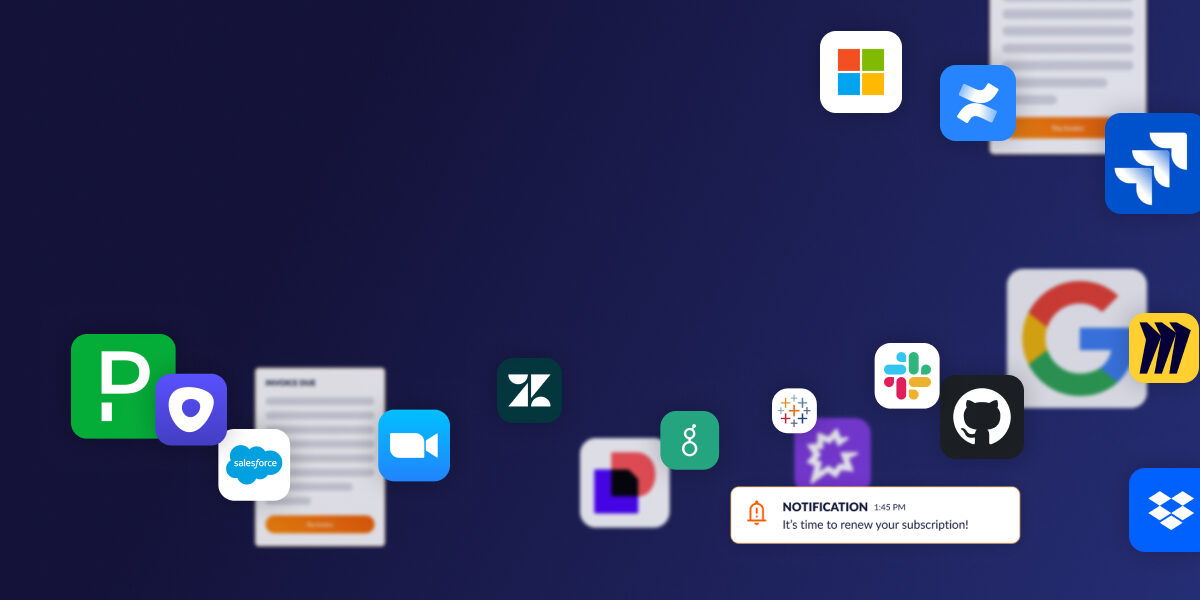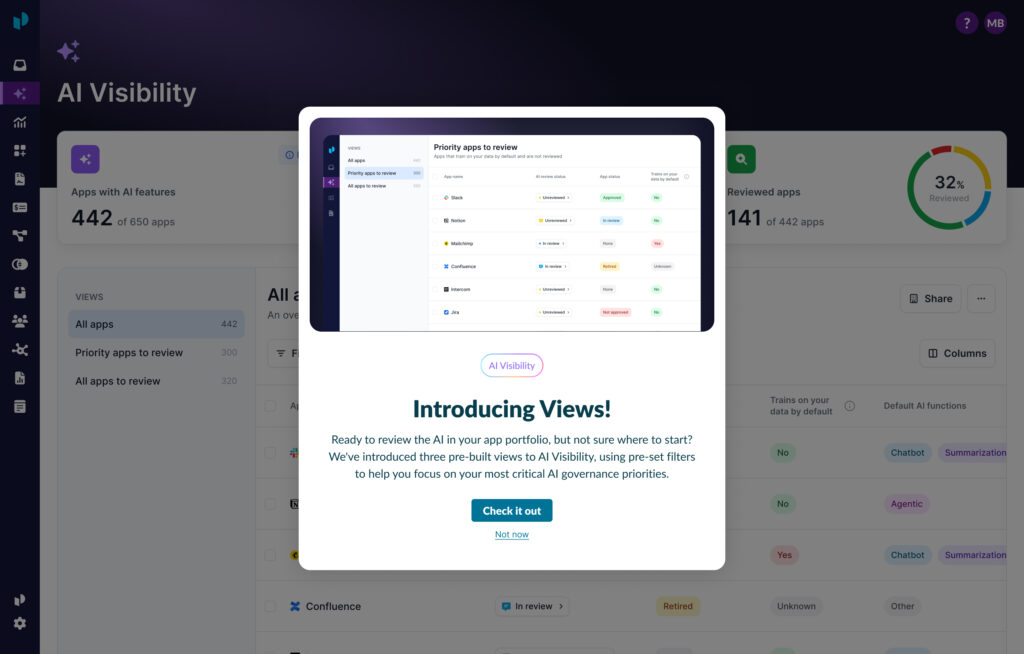
What is vendor relationship management?
Companies rely on outside vendors to help reach their goals. However, few are dedicating the time to ensure the success of those vendor partnerships. By implementing an effective vendor relationship management strategy, companies can achieve measurable success and see faster return on investment.
What is vendor relationship management?
Vendor relationship management (VRM) is the process of developing and maintaining relationships with vendors. VRM takes place throughout the vendor lifecycle, from procuring, onboarding, governing, and evaluating, and is a critical step in delivering business value. Like any relationship, it takes work to keep your vendor relationships strong and ensure they are meeting the needs of the business. It is a cross-functional process that involves teams from procurement, finance, operations, and other departments. When done correctly, successful VRM can help companies control costs, reduce risks, and achieve mutual success.
Why is it important?
We all know the struggle of watching friends mismanage a relationship. Even with good intentions, miscommunication around expectations can put a strain on any partnership and make a mundane conversation seem like a tense negotiation. At times you want to intervene, and at others you wouldn’t touch it with a ten-foot pole.
The same is true when watching procurement teams struggle to prioritize VRM when creating their onboarding and renewals processes. Often pushed to the back burner, VRM has the opportunity to save any supplier relationship if teams invest their time and energy.
Why now?
Vendor relationship management has become especially critical in the last few years. Companies are becoming increasingly reliant on software to support business operations — application portfolios are now averaging 371 applications, and that is just in one vendor category!
Prior to the explosion of software purchasing that we are seeing today, many organizations were able to rely on contract management to govern their spend and maintain legal requirements with vendors. However, contract management has become insufficient when it comes to holding vendors and businesses accountable to the goals and objectives designated when first entering into the agreement. While general terms may be met, procurement and IT teams are now expected to show value from each of those investments, and must oftentimes demonstrate measurable success to maintain budget allocations.
With these new expectations in place, creating and maintaining vendor relationships has become essential to ensuring accountability. Direct lines for open communication and consistency around setting expectations helps teams identify opportunities for cost improvements or process efficiencies before they become a problem. This in turn helps both teams achieve desired outcomes.
Tips for successful vendor relationship management
It can be hard to put yourself out there, which is why many procurement teams only speak to their suppliers at renewal times after their initial purchase. But a consistently rescheduled or unprepared bi-weekly with your CSM doesn’t count as a relationship. Consistent and intentional vendor management can provide significant benefits to your team, and alleviate tension and confusion.
How can you make sure that you are approaching vendor management the right way? Just think of it like any other relationship:
- Communication is essential. Talk to your vendor regularly. Let them know what you need, what you’re happy with, and what you’re not happy with. Don’t wait until there’s a problem to communicate.
- Be honest and transparent. Be honest with your vendor about your budget, your expectations, and your challenges. Transparency builds trust, and trust is essential for a successful relationship.
- Be respectful. Remember that your vendor is a business partner. Treat them with respect, even when you’re not happy with them.
- Be willing to compromise. There will be times when you and your vendor don’t agree on everything. Be willing to compromise to find a solution that works for both of you.
- Celebrate successes. When things go well, let your vendor know. A little bit of appreciation goes a long way.
- Be patient. Building a strong vendor relationship takes time. Don’t expect everything to be perfect overnight.
- Don’t be afraid to set boundaries. It’s important to set boundaries with your vendor. For example, you may want to set boundaries around response times, work hours, and communication channels.
- Don’t be afraid to say no. If your vendor is asking you to do something that you’re not comfortable with, don’t be afraid to say no. You’re not obligated to agree to everything your vendor asks for.
- Don’t be afraid to break up. If you’re in a relationship that’s not working, it’s ok to end things. Typically setting expectations, communicating effectively, and investing the time leads to a better outcome, that said, sometimes despite your best efforts, it’s just not a fit. You can’t realize the value intended — and it’s better to end what’s not working.
Remember, vendor relationship management is a two-way street. It takes both parties to make it work. By following these tips throughout the procurement, onboarding, governing, and evaluation, you can build strong vendor relationships that will deliver business value for years to come.
About Productiv:
Productiv is the only SaaS Management Platform built for bringing teams together. From new purchase requests to renewals, and everything in between, Procurement, Finance, and IT work in Productiv to align around trusted data, get AI powered insights, collaborate, make smarter decisions, and have confidence in every investment, at scale.
Learn more today.
About Productiv:
Productiv is the IT operating system to manage your entire SaaS and AI ecosystem. It centralizes visibility into your tech stack, so CIOs and IT leaders can confidently set strategy, optimize renewals, and empower employees.





